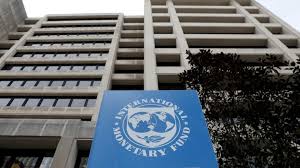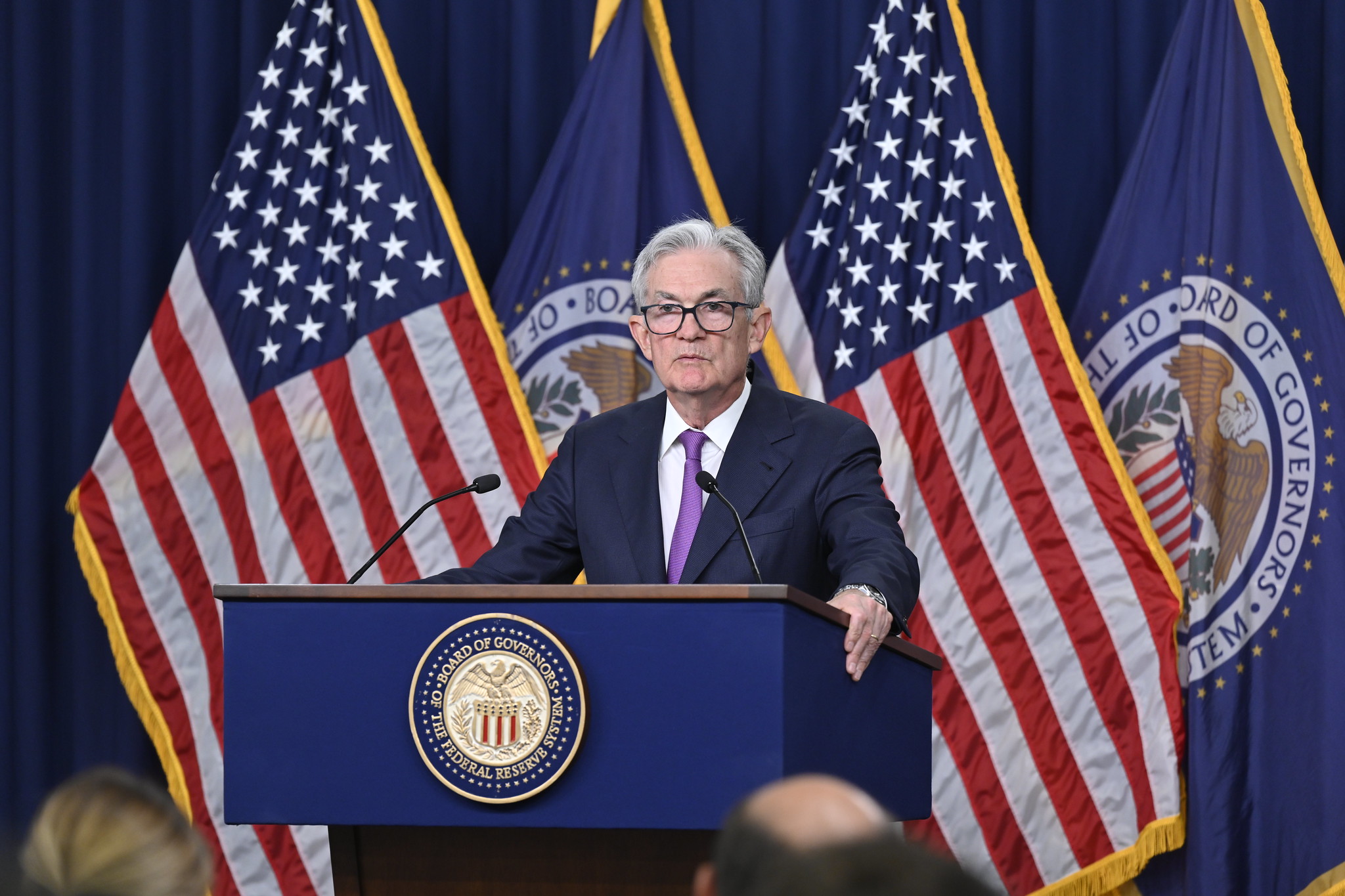The US dollar continues to lose ground to non-traditional currencies in global foreign exchange reserves, but it remains the global reserve currency and will not abandon this role in the short and medium term.
Economists Serkan Arslanalp, advisor in the office of the director-general; Barry Eichengreen, researcher in international economics; and Chima Simpson-Bell, economist in the Africa Department, all from the International Monetary Fund (IMF), released an analysis on the role of the dollar in global markets and the economy.
The predominance of the dollar stands out as the strength of the US economy, a tighter monetary policy, and increased geopolitical risk have contributed to a higher valuation of the dollar.
However, economic fragmentation and the potential reorganization of global economic and financial activity into separate, non-overlapping blocs could encourage some countries to use and maintain other international and reserve currencies.
Thus, recent data from the IMF’s Currency Composition of Official Foreign Exchange Reserves (COFER) points to an ongoing gradual decline in the dollar’s share of foreign exchange reserves allocated by central banks and governments.
Surprisingly, the reduction in the influence of the US dollar over the past two decades has not been accompanied by increases in the shares of the other “big four” global currencies: the euro, the yen, the Swiss franc, and the British pound.
Rather, according to the researchers, this decline of the dollar has been accompanied by an increase in the proportion of so-called non-traditional reserve currencies, including the Australian dollar, the Canadian dollar, the Chinese renminbi, the South Korean won, the Singapore dollar, and the Nordic currencies.
“These non-traditional reserve currencies are attractive to reserve managers because they provide diversification and relatively attractive returns, and because they have become increasingly easy to buy, sell, and hold with the development of new digital financial technologies,” explain the experts.
This recent trend is even more surprising given the strength of the dollar, indicating that private investors have opted for dollar-denominated assets. Or so it would appear from the change in relative prices.
At the same time, this observation reminds us that exchange rate fluctuations can have an independent impact on the currency composition of central bank reserve portfolios.
Dollar reduces its influence
From a broader perspective, over the past two decades, economists conclude that the fact that the value of the US dollar has remained virtually unchanged, while the dollar’s share of global reserves has declined, indicates that central banks have indeed been gradually moving away from the dollar.
“However, statistical evidence does not indicate an accelerated decline in the proportion of dollar reserves, contrary to claims that US financial sanctions have accelerated the shift away from the dollar,” they state.
The researchers also found that financial sanctions, when imposed in the past, induced central banks to modestly divert their reserve portfolios from currencies at risk of being frozen and redistributed in favor of gold, which can be stored domestically and thus is free from sanction risk.
In summary, the international monetary and reserve system continues to evolve. The pattern indicating a very gradual move away from dollar dominance and an increasing role of non-traditional currencies from small, open, and well-managed economies, enabled by new digital trading technologies, remains in place, concludes the IMF experts’ analysis.




